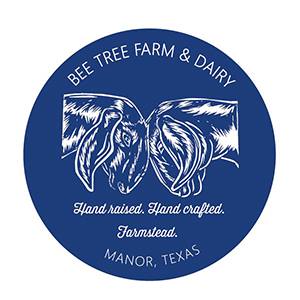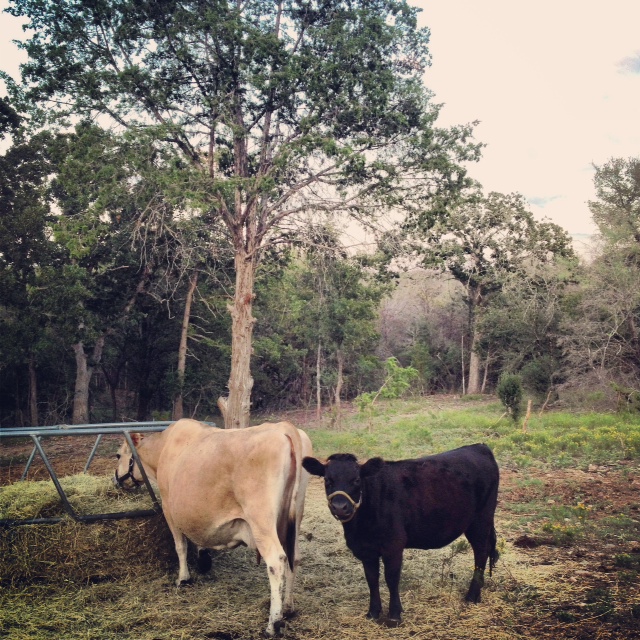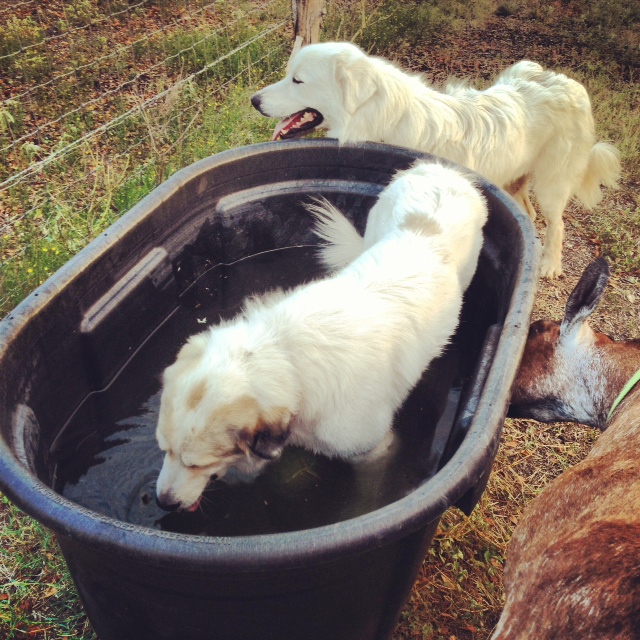The Social (farm) Network
On Monday I sat on the phone for nearly two hours with a farmer in Kentucky. I was interviewing her for an article I’m writing, one that I’ll share here soon along with a few other little writing gigs that are cropping up along the way. Over the past two weeks I’ve spent a total of about three hours on the phone with my goat mentor, Fran, since we’re both making plans for our cows (she might be my cow mentor, too). During this time I also spoke to a cheese mentor several times, setting up a subsequent visit to her farm and to talk, well, cheese. Since the inception of text messaging and gchat, I had all but stopped using my phone for phone calls. The last purely social conversation I engaged in with a friend on the phone was probably pre-farm, probably pre-grad school. It was a long, long time ago. However, recently, I’ve easily logged more phone hours in two months then I did in the whole of 2012 (really). Through Facebook and Instagram I’ve connected to other farmers around the country and world. It’s the most social, albeit virtual or otherwise, I’ve been in years.
Why?
Why does this lifestyle draw us together through these formats? Instead of sharing drinks at a bar, we’re holding phones to our shoulders while filling feeders with free hands. Or snapping pictures and posting them on Instagram while sitting on a hay bale, getting immediate feedback from someone worlds away who is also, at that moment, sitting on their hay bale. “Hi!” they might say, “I’m out with my cows too, see?” and then they share a photo. There are varied concerns, projections, and theories about the demise of our traditional social construct due to virtual relationships. Typical criticisms I’ve encountered of social networking have to do with the loss of human interaction and the possible, negative effects of expanding our networks so wide we’re sharing our lives with absolute strangers. But I personally don’t think critically about the implications of the social network because, for me – it’s a life line.
When we started out, my knowledge was limited to a stack of farm and goat books casually rifled through, a notebook filled with scribbles, and a faint (and fading) memory of a few goats that used to eat pecan leaves in our backyard growing up. My connection to farms was singular in that, I only had one contact. I knew that I knew nothing, one of the most valuable truths I have accepted, and continue to accept along this journey. The minute you let smug, self-congratulatory satisfaction creep in, that’s just about the minute one of your beloved animals will keel over without symptom or warning. Oh, I promise. What I did know is that our farm would not only raise pastured animals for meat, but that I would raise animals for dairy, for our family and maybe, someday, for something beyond that. The first step was gaining experience actually milking an animal, an important exercise to attempt before bringing home dairy creatures. I found milking classes through Craigslist and forged a relationship with Kimberly who has since become one of my primary 911 contacts for animal husbandry and emotional support. She inspired me from the beginning. The class experience was so beneficial that one thing became evident: sign up, reach out, ask questions. It is valuable farm insurance.
Once I brought those first goats home, I paid more attention to farms in my community and started sending emails and making calls. I met Fran through a cold call, then I showed up and started buying her milk until I had some of my own. Now we are likely to spend a few hours together when I visit her dairy, or on the phone when discussing our animals. She has answered panicked calls about parasite detection and can expect many more in the future (Sorry Fran). And just this week, someone contacted me for a visit and to discuss how we began, something I am far, far too novice to start sharing like an expert but I will not say no. This is how we support each other.
Hannah, of Rough Draft Farmstead, and I talked for a while on Monday about the importance of this virtual support mechanism and its intrinsic irony. Farmers are, generally, tied closely to their land and animals. Social time is sacrificed above all else, and friends start to learn about your routine, “Ok, we won’t plan to meet for dinner until after your milking chores.” It’s often a solitary endeavor, a constant conversation not with coworkers, but with the land, the animal, or the equipment that you’re tending. But the computer – and the phone – are always nearby and don’t require a trip off the land we’re tethered to (except for folks like Hannah who are operating without electricity, for now!). Therefore it shouldn’t be surprising that I’ve overturned a virtual community based, entirely, around farmers. Farm support, farm resources, farm trouble-shooting – all of these broken down into minutia components: crops, animals, irrigation, housing, financing, sustainability, expansion – it goes on forever. Every time I sit down at the computer to do a little research, I hear the sounds of a stadium cheering. You can do it. You can do it in complete isolation, but it’s so much better with some virtual back-patting and hand-holding. I am confident Mark Zuckerberg never had Bee Tree Farm, or Star Creek Country, or Youngs Prairie Dairy in mind when he created Facebook. Nor do I think the blogosphere was invented to chronicle the life cycle of cow manure via colorful blog entries about farming, but here we are. And I, for one, am so grateful for The Social Network.
Categories:
Barnyard, Cows, Dairy, Goats, Motivation



